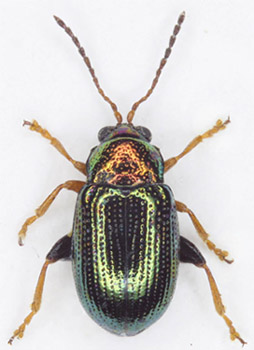
aurata
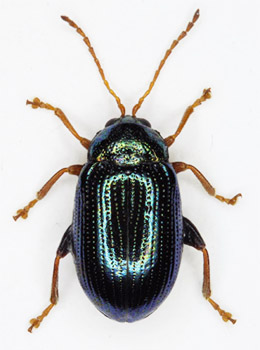
aurea
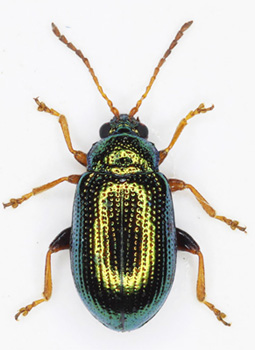
fulvicornis
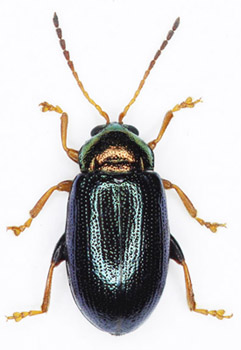
nitidula
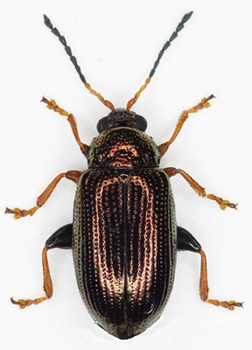
plutus
| Crepidodera | ||
| Included in the tribe Alticini Crepidodera (= Chalcoides in Joy) contains five brightly coloured metallic species. Unlike other genera in the tribe (e.g. Altica and Longitarsus) they are readily identified and should give no real problems, Both the female and male genitalia are distinctive and although they should not be needed I have included photo's of all species. |
 aurata |
 aurea |
 fulvicornis |
 nitidula |
 plutus |
| Key | ||
| 1. | First four segments of antennae yellow, the remaining black, the contrast very clear and definitive. (Plate 5.) | plutus (Latreille) |
| 2.5-3.7mm. Pronotum and elytra normally unicolourous although bicoloured specimens are not uncommon. Green, coppery sometimes blue, in the field often appearing purple. Adults on willows (Salix), occasionally poplars (Populus) and blackthorn (Prunus spinosa) (Cox, 2007). Locally common. | ||
| -- | Antennae either all yellow or yellow basally gradually darkened towards apex. (Plates 1-4) | 2. |
| 2. (1) | Pronotum and elytra unicolourous. Antennae entirely yellow/orange or only slightly darkened towards apex. (Plates 2 and 3) | 3. |
| -- | Pronotum and elytra different colours.Antennae yellow/orange at base clearly darkened towards apex. (Plates 1 and 5) | 4. |
| 3. (2) | Size larger 2.8-4mm. Normally blue or coppery, occasionally green. On poplars (Populus. | aurea (Fourcroy) |
| Normally on poplars (Populus), occasionally willows (Salix). Have been recorded from cherries (prunus), blackthorn (P.spinosa), birches (Betula) and hazels (Corylus). Widespread and often abundant where found. | ||
| -- | Size smaller 2-3mm. Always brilliant bright green or golden green. On willows (Salix) | fulvicornis (Fabricius) |
| Antennae often slightly darkened towards apex. Normally on willows (Salix), occasionally poplars (populus). Widespread and often abundant where found. | ||
| 4 (2). | Pronotum crimson red, elytra green. Scutellar striae linear and simple. (Plate 6.) On willows (Salix) | aurata (Marsham) |
| 2.5-3.5mm. Normally on willows (Salix), occasionally poplars (populus), Locally often on alder (Alnus). Widespread and often abundant where found. | ||
| -- | Pronotum green, elytra blue/violet. Scutellar striae confused. (Plate 9.) On aspen (Populus tremulae). | nitidula (Linnaeus) |
| 3-4mm. Not as shining as the other species. Separated from the rest of the genus by the lack of a single linear scutellar stria. Many authors use the tooth at the apical angle of the elytra. I have found this to be difficult to appreciate or just missing. Almost exclusively on poplars (Populus) most notably aspen (P.tremulae). Scarce (Notable B). | ||
| Right Antenna | ||||
 Plate 1. aurata |
 Plate 2. aurea |
 Plate 3. fulvicornis |
 Plate 4. nitidula |
 Plate 5. plutus |
| Scutellar striae | ||||
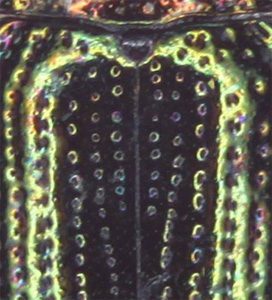 Plate 6. aurata |
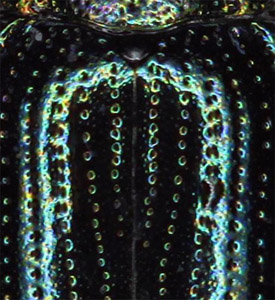 Plate 7. aurea |
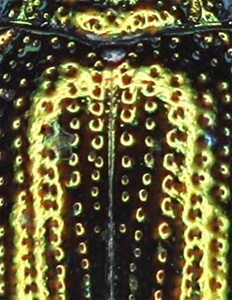 Plate 8. fulvicornis |
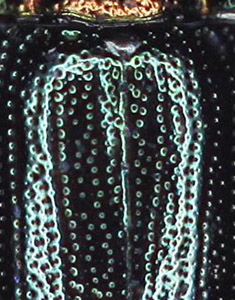 Plate 9. nitidula |
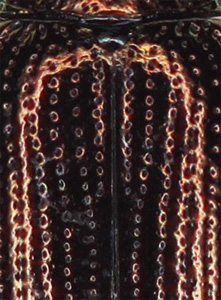 Plate 10. plutus |
| Aedeagi (dorsal and lateral) and Spermathecae | ||
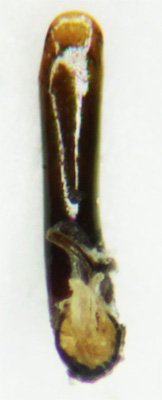 Plate 11. aurata |
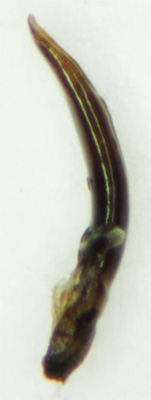 Plate 12. aurata |
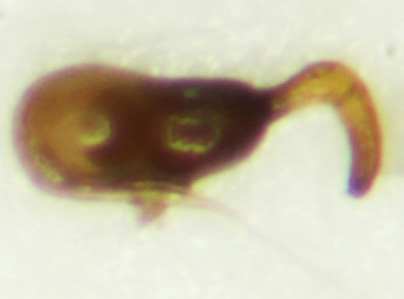 Plate 13. aurata |
 Plate 14. aurea |
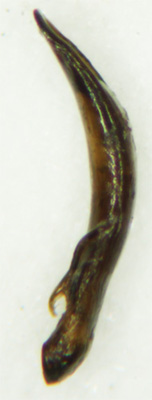 Plate 15. aurea |
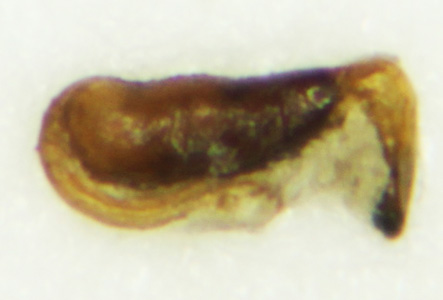 Plate 16. aurea |
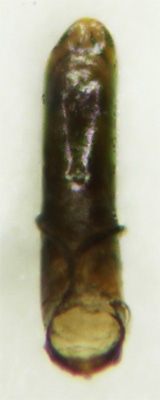 Plate 17. fulvicornis |
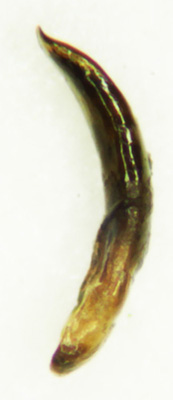 Plate 18. fulvicornis |
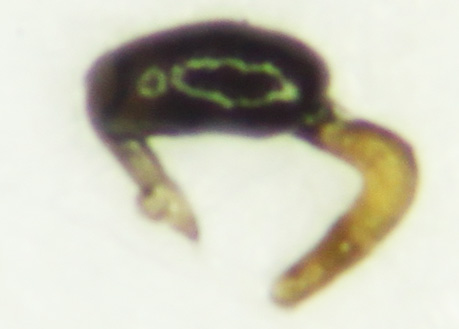 Plate 19. fulvicornis |
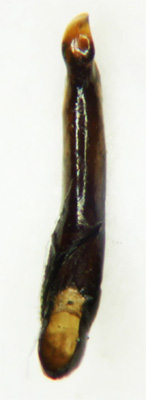 Plate 20. nitidula |
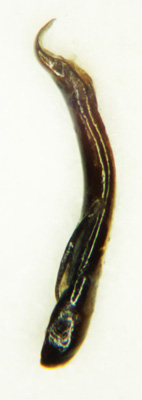 Plate 21. nitidula |
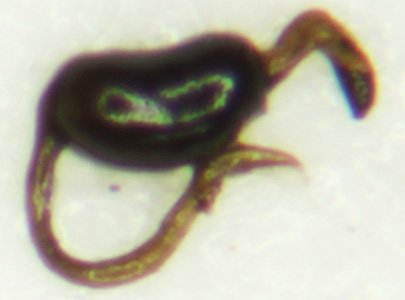 Plate 22. nitidula |
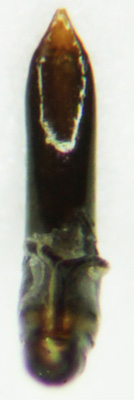 Plate 20. plutus |
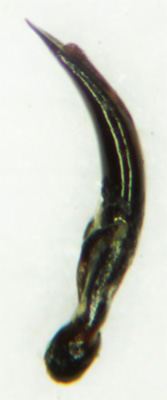 Plate 21. plutus |
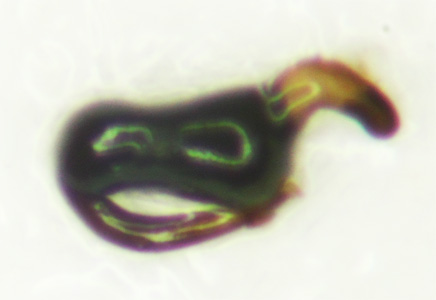 Plate 22. plutus |